IFREMER SIH
Type of resources
Available actions
Topics
Keywords
Contact for the resource
Provided by
Years
Representation types
Update frequencies
status
Scale
-
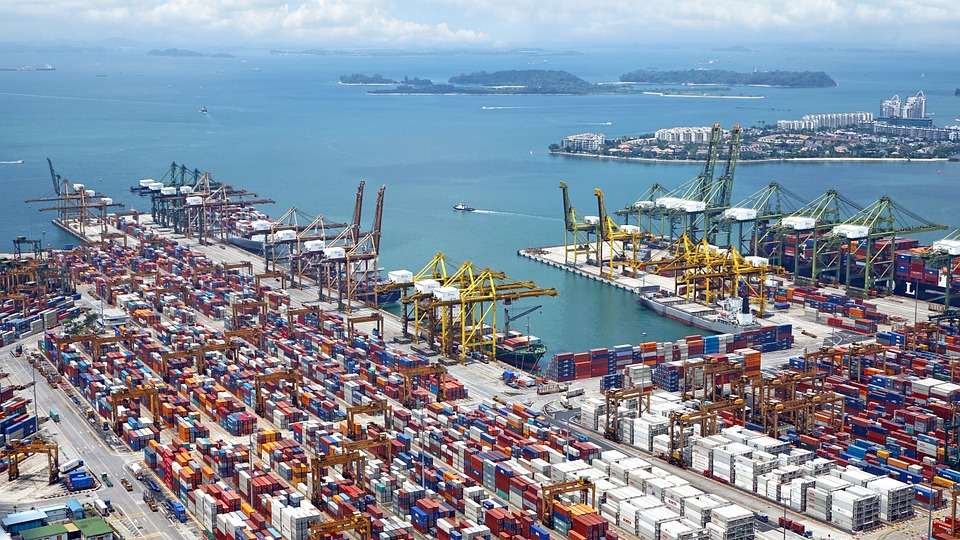
World list of seaports. In its 2021 version, the repository includes 13709 ports for 187 countries. The list of seaports has been drawn up on the basis of the information available in the European reference system of places used in the framework of the Common Fisheries Policy and, more particularly, by the Electronic Recording and Reporting System (ERS), the list of ports identified by the UNECE (2021-1). An assessment of the infrastructures present along the coastline made it possible to identify other ports that were not listed. Each geographical position has been verified with Google Earth in WGS84. Each port is associated with information relating to the country (ISO 3 coding), the UNECE or ERS 5-character coding, the name, the geographical position in WGS84 (latitude and longitude), the status of the port indicating whether it is referenced by Unece (UNECE), by the EU/ERS (ERS) or by both (UNECE/ERS) In case the port is not referenced by UNECE or ERS, the status is N/A. For French ports, the reference system integrates the ports of the French overseas departments and territories with the national codification. Inland ports have also been integrated in 2021.
-
Avant le 1er janvier 2016, la France comptait 27 régions : - 22 régions en France métropolitaine (en comptant la Corse). - 5 régions d'outre mer : la Guadeloupe, la Martinique, la Guyane, la Réunion et Mayotte (depuis 2011). Bien qu'obsolète, ce référentiel est conservé dans le Système d'Informations Halieutiques pour les données historiques.
-
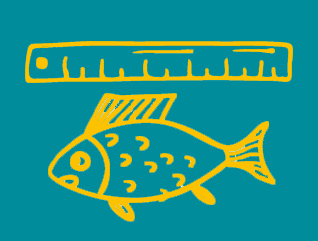
L'observation des ventes consiste à mesurer périodiquement la taille des individus des principales espèces en criée et aux points de débarquement, en tenant compte des appellations commerciales pratiquées sur les lieux de vente. Ce dispositif, appelé ObsVentes, est appliqué en France métropolitaine et en Outre-mer, dans les 5 DOM : Guyane, Guadeloupe, Martinique, Réunion et Mayotte.
-
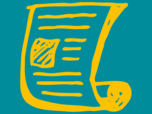
Le référentiel des espèces exploitées d’intérêt commercial du Système d’Informations Halieutiques reprend le référentiel ASFIS de la FAO enrichi d’espèces ayant un fort intérêt commercial en France (métropole et outre-mer).
-

Les relations taille-poids sont propres à chaque espèce scientifique et à son milieu. Elles permettent de déterminer la taille d’un individu à partir de son poids ou inversement. Ces relations sont établies statistiquement à partir d’un échantillon d’individus représentatifs de l’espèce.
-
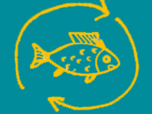
Les données "Ventes" du flux déclaratif contiennent essentiellement des données de ventes en criée ainsi que quelques données non exhaustives de ventes hors-criée.
-

Un métier dans le Système d’Informations Halieutiques est une pratique de pêche définie par un engin de pêche et une espèce cible. Ils sont utilisés à des fins statistiques afin d’évaluer les stratégies et les efforts de pêche.
-

Pour certaines espèces commerciales, des coefficients appelés équivalent poids vifs permettent de calculer le poids vif du poisson à partir du poids enregistré au débarquement, ou à partir du poids net des divers produits transformés préparés à bord ou dans des usines installées sur le littoral.
-
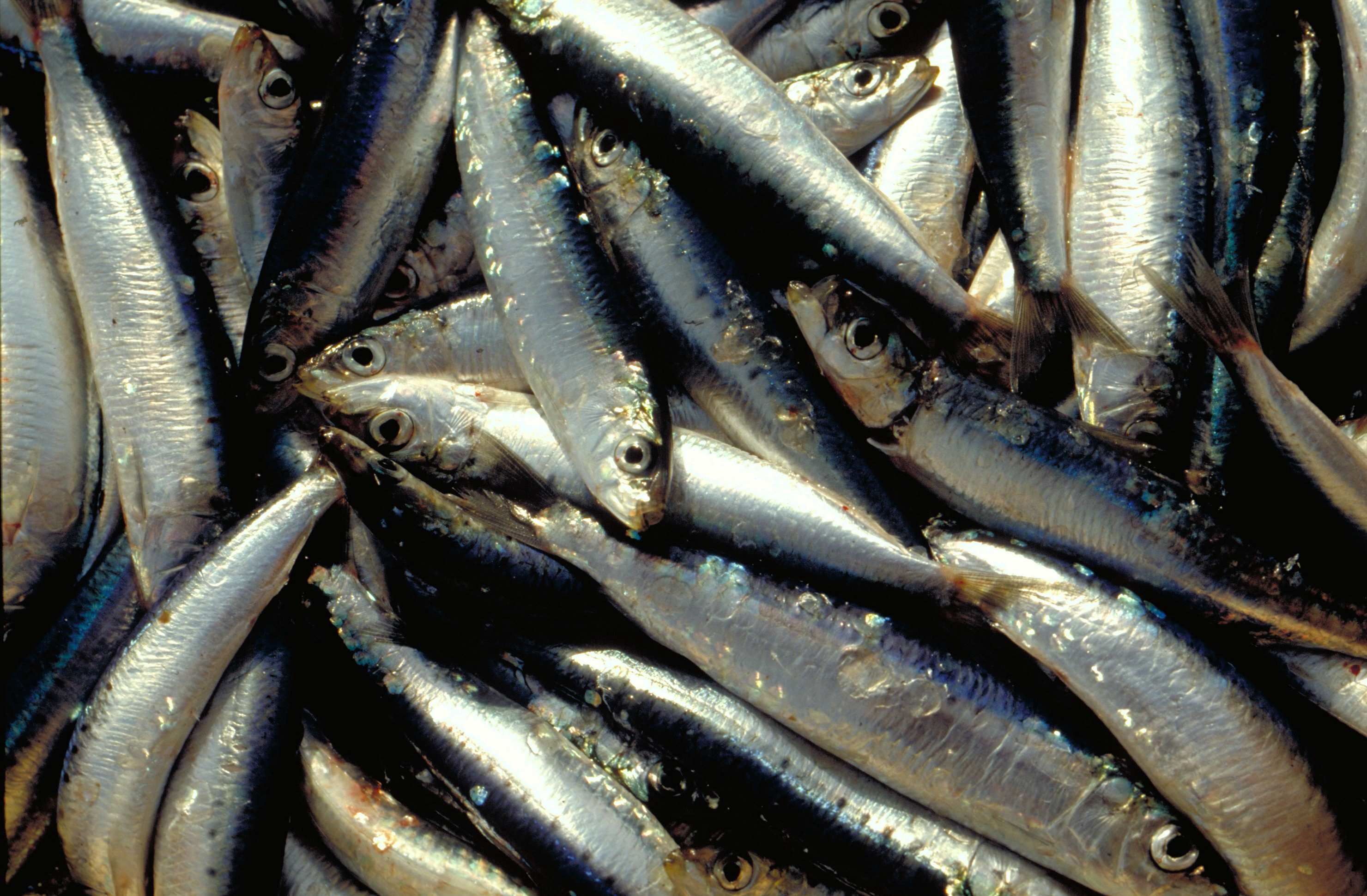
La campagne annuelle d'évaluation des ressources halieutiques PELMED (PELagiques MEDiterranée) est menée par le Laboratoire Halieutique Méditerranée de la station Ifremer de Sète. Les objectifs de ces campagnes sont : 1. Évaluer la biomasse des petits pélagiques (anchois, sardines) par méthode directe. Pour cela, la campagne doit alterner entre prospection acoustique et chalutages d'identification. Un signal acoustique est envoyé depuis un sondeur fixé sous le navire et chaque fois qu'il rencontre le fond ou des bancs de poissons, il est réfléchi et retransmis aux sondeurs. Ainsi, on peut observer en continu la forme et l'intensité de ces échos qui matérialisent les bancs de poissons. Des chalutages d'identification des espèces sont effectués afin de définir la proportion des espèces présentes dans les échos détectés. 2. Collecter le plus grand nombre de paramètres biologiques possible sur les espèces cibles de petits pélagiques (anchois, sardines, sprats) pour mieux comprendre la dynamique de population de ces espèces. Pour cela, des mesures morphométriques, ainsi que la détermination du sexe et du stade de maturité des poissons sont réalisées. Enfin, des otolithes sont prélevés afin de pouvoir déterminer l'âge des poissons. Ces paramètres biologiques sont très importants pour compléter l'évaluation de biomasse et avoir une meilleure compréhension des processus sous-jacents à la variabilité de ces populations. Cela permet par exemple de déterminer la structure en âge ou en taille des populations, d'avoir une idée de leurs réserves énergétiques, etc. 3. Mieux comprendre l'écosystème pélagique dans son ensemble, du plancton aux prédateurs supérieurs. La campagne PELMED a pour but premier d'évaluer les stocks de petits pélagiques, mais elle s'attache également à accumuler le plus de données possible sur les différents compartiments de l'écosystème pélagique, allant des paramètres physiques (température, salinité) aux prédateurs supérieurs (mammifères marins, oiseaux), en passant par les différents niveaux trophiques inférieurs (phyto- et zooplancton, poissons petits pélagiques). Ainsi, après chaque chalutage, une station hydrologique est réalisée avec la mesure de la température et de la salinité le long de la colonne d'eau via une CTD, des prélèvements d'eau et de phytoplancton avec une bouteille Niskin et des prélèvements de zooplancton à l'aide d'un trait vertical de WP2. Enfin, tout au long de la campagne nous réalisons l'observation et le comptage des oiseaux et mammifères marins. En plus de la compréhension de l'écosystème, ceci devrait permettre de fournir un certain nombre d'indicateurs nécessaires au suivi du milieu marin dans le cadre de la DCSMM (Directive Cadre sur le Milieu Marin).
-
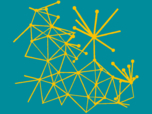
SACROIS est un algorithme de croisement de données qui produit des séries de données d’activité de la pêche professionnelle (données de production et d’effort validées, consolidées et qualifiées) pour les navires inscrits au fichier Flotte de Pêche Communautaire (FPC). SACROIS sélectionne le meilleur parti des sources d’informations disponibles pour produire les données d’activité de pêche de référence. SACROIS consiste en une application opérationnelle de rapprochement, vérification et contrôles de cohérence de différents flux unitaires de données. L’algorithme SACROIS ne corrige pas la donnée, il a pour objectif de : - fournir la meilleure estimation possible des différents éléments constituant une marée à partir des sources de données disponibles, - identifier les incomplétudes des différentes sources de données et en proposer une synthèse complétée par des indicateurs de qualification de la donnée issus des croisements. Ainsi l’algorithme SACROIS produit deux fois par mois une nouvelle source de données ; synthèse de l’ensemble des sources de données disponibles : les marées SACROIS reconstituées. Les données SACROIS ont été calculées depuis 2000 pour toutes les flottilles pour lesquelles des données sont disponibles : - Mer du Nord – Manche – Atlantique (hors senneurs tropicaux), - Méditerranée (hors senneurs à thons rouges), - DOM (La Réunion, Mayotte, Guyane et Antilles).
 Catalogue PIGMA
Catalogue PIGMA